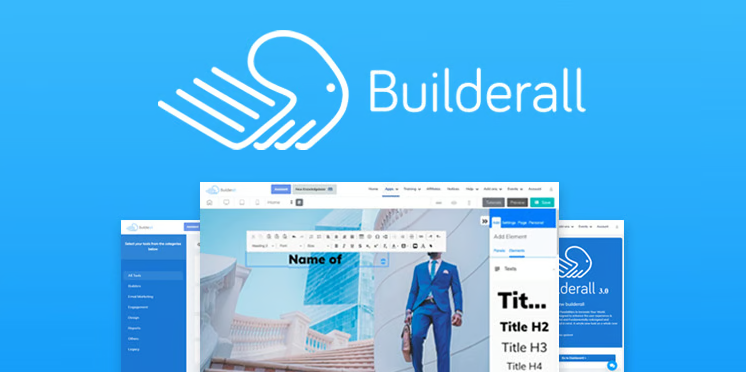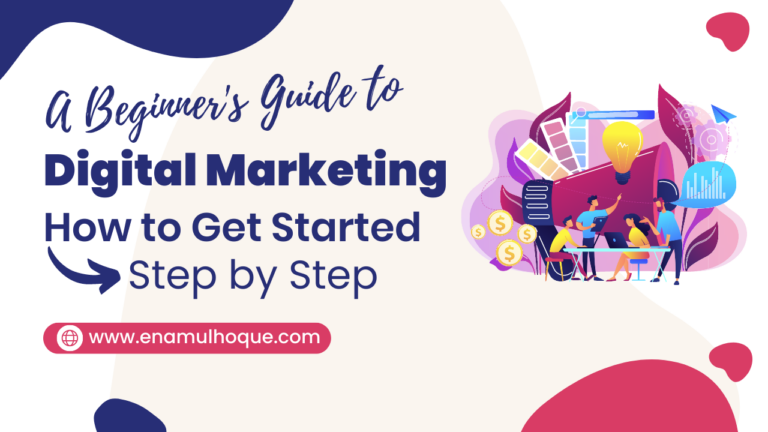In today’s digital landscape, email marketing has become an integral part of a successful marketing strategy for small businesses and entrepreneurs. Email marketing offers a cost-effective and scalable way to reach and engage with your target audience, build relationships, and drive conversions. This comprehensive guide aims to provide beginners with the necessary knowledge and actionable tips to create effective email marketing campaigns that deliver results.

Read Our Mastering Email Marketing for Beginners: Step-by-Step Guide >>
The Importance of Email Marketing for Small Business
Building and nurturing relationships: Email marketing helps to establish and strengthen relationships with your target audience, leading to increased trust and loyalty.
Reach and engagement: With billions of email users worldwide, email marketing allows you to communicate directly with your customer base and engage them on a personal level.
Cost-effective and measurable: Compared to other marketing channels, email marketing provides a high return on investment (ROI) while offering precise data for tracking and optimizing campaign performance.
Building a Quality Email List:
Valuable incentives: Offer valuable resources, discounts, or exclusive content in exchange for email addresses to encourage sign-ups.
Leveraging social media: Use social media platforms to promote your email newsletter and encourage followers to subscribe.
Optimizing website landing pages: Include clear and compelling opt-in forms on your website to capture visitor emails.
Segmenting your email list: Divide your email list into distinct segments based on demographics, interests, or past interactions to tailor content and improve engagement.
Crafting Compelling Subject Lines:
Attention-grabbing headlines: Create subject lines that pique curiosity, generate urgency, or spark personal interest.
Personalization: Use the recipient’s name or other relevant information to make the email feel more personalized.
A/B testing: Experiment with different subject lines to identify the most effective ones for your audience.
Creating Engaging and Personalized Email Content:
Understanding your audience: Research your target audience’s pain points, needs, and desires to create relevant and valuable content.
Personalization and segmentation: Tailor your email content based on recipient interests, demographics, or past behavior to maximize engagement.
Storytelling and visuals: Utilize storytelling techniques and incorporate visually appealing elements to captivate readers and enhance engagement.
Concise language: Use clear and concise language to communicate your message effectively and maintain reader interest.
Automated Email Sequences:
Welcome emails: Set up automated welcome emails to introduce new subscribers to your brand and nurture their interest.
Abandoned cart reminders: Send automated emails to remind customers of their abandoned shopping carts and incentivize them to complete their purchases.
Post-purchase follow-ups: Automate post-purchase emails to thank customers, gather feedback, and offer additional products or services.
Analyzing Campaign Metrics for Continuous Improvement:
Key performance indicators (KPIs): Learn how to measure and interpret metrics such as open rates, click-through rates, and conversion rates.
A/B testing: Experiment with different email variations to identify the highest-performing content and strategies.
Data-driven decision-making: Use the gathered data to optimize future campaigns and improve overall email marketing strategy.
Case Studies and Examples:
Provide real-world examples of successful email marketing campaigns by small businesses and entrepreneurs to illustrate the potential impact of email marketing on sales, customer retention, and brand loyalty.
Conclusion:
Email marketing remains an invaluable marketing tool, especially for small businesses and entrepreneurs. By following the steps outlined in this comprehensive guide, you can build a quality email list, create compelling subject lines, craft personalized email content, set up automated email sequences, and analyze campaign metrics for continuous improvement. Armed with these strategies, you can confidently harness the power of email marketing to grow your business and achieve meaningful results.
Read More: 5 EASIEST AI Side Hustles to Start in 2023 (Work From Home Ideas)





